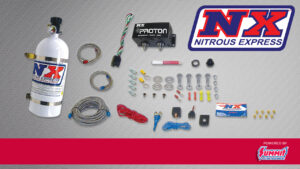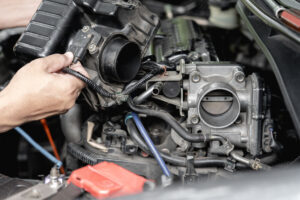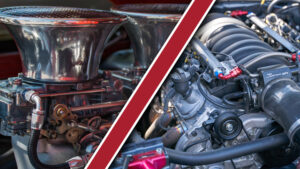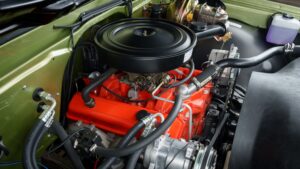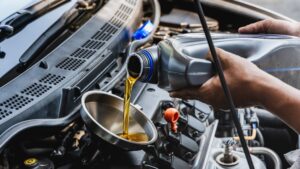How Electronic Fuel Injection Works
We went over the different types and functions of carburetors in a previous episode. Now we’re going to dive into electronic fuel injection systems.
When the EPA was cracking down on manufacturers to lower emissions, the answer became electronic fuel injection. Some early EFI systems use throttle body injection (TBI) which uses a throttle body with electronic fuel injectors built inside. The overall size and dimensions are close to a carburetor so that many components, like the air cleaner, throttle linkage, and intake manifold, could be retained during manufacturing. The problem with TBI technology at the time is that it wasn’t much more efficient than a carburetor. So the OEMs needed something that was more advanced and that’s where multi-port fuel injection comes in.
For EFI, the computer sends a signal into the injectors and tells them when to open and for how long to stay open which makes it a much more efficient system and drastically reducing emissions. With time the aftermarket has tweaked both TBI and EFI technology and created stand-alone systems where you don’t need an OEM computer to control your EFI system. The computer made in the aftermarket does everything for you. An example is the Holley Sniper EFI system. It’s a TBI system that bolts right in place of your factory carburetor. It’s both self-tuning and will lower your emissions.
Electronic fuel injection systems require much more fuel pressure than a carburetor. A mechanical fuel pump that provides about 5-7 psi won’t do the trick so you’ll need an electric fuel pump. Some will actually submerge into the tank. For more tech be sure to check out our PowerNation Garage page.
